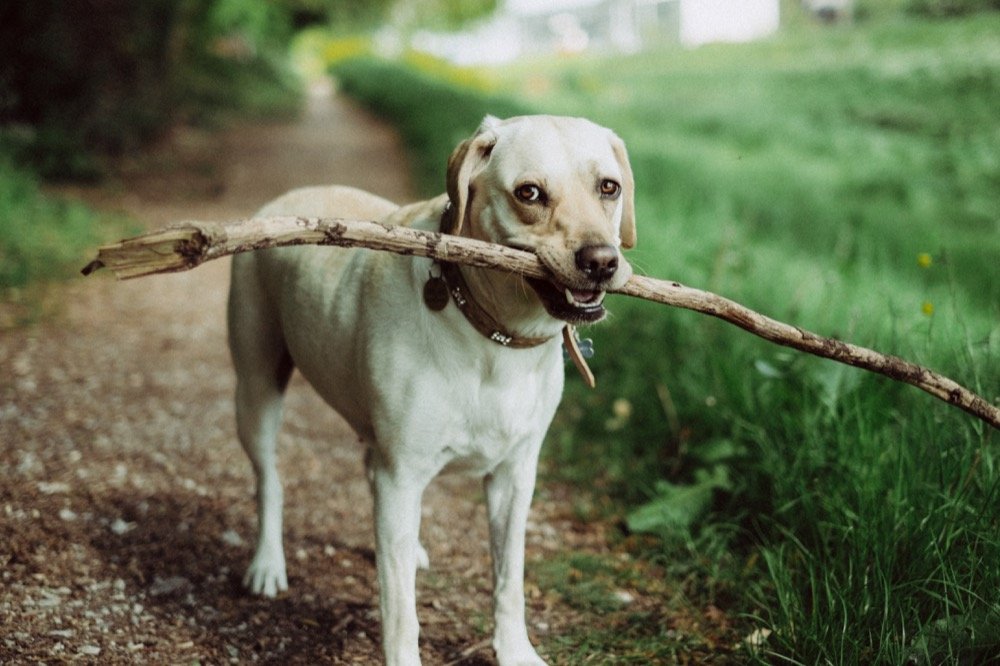Dog walks matter so much. How many times have you walked your dog while talking on the phone and then wondered why your pet stops listening to you or seems depressed once it gets home?
Perhaps you’ve been out and about, and you’ve seen people who don’t seem to interact with their dog?
Maybe you simply want a few ideas that may help turn the regular walk into a pleasure, rather than being a chore?
If any of these scenarios resonate, I have one word three times for you:
‘Interaction, interaction, interaction’
Dogs are social beings, and they see you (or should see you) as the very center of their world.
That means they look to you, want to make you happy, and will always seek out ways to interact with you. They are quite literally built that way, and if they are not receiving a good degree of interaction from you then you shouldn’t be at all surprised to find they begin to find other ways to attract your attention.
This can express itself in good and bad ways, so,
- That dog that brings its owner items it finds in the park is trying to get a reaction.
- The dog that wanders off, or barks at other dogs, or jumps up at strangers. They want your reaction, too.
This is why it’s so important to turn your dog walks into mutually positive experiences for you and for your dog.
Given the huge connection between how you interact with your animal and positive dog behavior, you can argue that achieving these experiences should be seen as compulsory for any dog owner.

Interaction is a critical component of good dog walks
So, next time you’re taking your dog for a walk, try these three simple tips to make the experience more interesting for them:
1. Play
Play with your dog. Try a combination of fetch games; then try practising some obedience commands; then switch to games again. Run with your dog and share the experience with them. One great tip is to hide their toy and then follow them, encouraging them while they find it. But most of all, talk to your dog all the time, it doesn’t matter that they don’t understand what you say, because they understand you. Just make sure not to garble your commands and ensure you are consistent when you make a command. Use playtime during walking time to build that bond.
2. Explore
Don’t always go to the same place and play the same games. Take your dog to new places, find new routes, explore nearby streets, and while on the walk let your dog sniff when it likes. It doesn’t need to sniff every time – just make sure you explain when it can’t. Talk to your animal and direct its attention to things. Have random moments of play. Give your dog the stimulation of not knowing what to expect and communicated and interact throughout. Sometimes you should let your dog lead the way, which helps them feel like they are helping you. That feeling is brilliant for dogs. They want to help you, so when they do they feel happy.
3. Nurture
Focus on positive reinforcement at all times. Reward good behaviour, talk to them, play with them, and give them rewards, such as these dental health treats, lots of petting, or hugs. Just make sure that when your dog does good your tell them so.
Think of it this way. It’s more important to keep a dog in the good behaviour zone through positive reinforcement than to punish them when they fail. You want them never to fail! So, pre-empt bad behavior and reward good actions. Your dog will love you for it, and the world will be so impressed with your really well-behaved critter!
Take our word for it. These three actions: Play, Nurture, and Explore, will make all the difference to you and your dog, turning every dog walk into a brilliant game and a chance to get so much closer together.



